Reviews 8 min read
Citroën C5 Aircross SUV Hybrid: Yet another PHEV but one that should be on your wish list
The new C5 Aircross SUV Hybrid marks the introduction of Citroën’s first plug-in hybrid – we spend a week with the brand’s technological flagship to see what it’s like.
Discover EV expert verdict...
- Good value for money
- Comfortable ride
- Striking looks
- Uneconomical in Hybrid mode
- Lower towing capacity (compared to diesel and petrol versions)
- Some interior materials cheap and nasty
Overview
The Citroën C5 Aircross SUV Hybrid combines all the advantages of electric drive for daily trips with the versatility and range provided by its petrol engine for longer journeys. Already a benchmark for comfort the hybrid version plays to the model’s strengths with near silent operation but also adds instantaneous performance and CO2 emissions from just 39g/km.
Driving
Combining a 180hp PureTech 1.6-litre petrol engine with an 80 kW electric motor (equipped with a 13.2kWh lithium-ion battery) the eco-conscious family SUV produces 225hp and 236lb-ft of torque driven through the front wheels. This translates to a respectable 0-62mph sprint for a car of this type – taking 8.7 seconds.
The C5 Aircross SUV Hybrid can operate in Electric mode up to speeds of 83mph, Hybrid for versatility and efficiency and Sport for a supposedly more dynamic drive. The ë-Save feature lets the driver plan for an electrical energy reserve to be used when desired – be it travelling through an urban area, or at the end of the journey.
The suspension features Citroën’s Progressive Hydraulic Cushions® (a two-stage set-up featuring a couple of hydraulic stops on each side of the car, one for compression, the other for rebound) that filters and absorbs road irregularities, giving occupants, what the brand claim ‘the impression of flying over the road, while ensuring poise and dynamism’. We’re pretty sure a flying carpet-type ride that’s both composed and spirited at the same time is a contradiction in terms.
Also specific to the hybrid version, and no doubt to counteract the extra weight is a multi-link rear axle for ‘unshakeable balance’, as well as Advanced Comfort seats which basically feature wide bases and backs, high-density foam inside and 15mm thick textured foam on the surface, and acoustic laminated front windows.
It’s these features that have given the vehicle what the brand define as a new comfort experience and they’ve imaginatively termed it ë-Comfort. Sarcasm aside, after a week with the car and covering around 400 miles, we can confirm that it is quiet, refined and comfortable, especially on the motorway while on the back roads it does a good job of absorbing road irregularities. Steering is light but fairly communicative, but it rolls and pitches through the bends which is to be expected of a car this size and weight. We like the higher seating position it affords and it offers good all-round visibility.
The EAT8 gearbox has been upgraded (and thus renamed to ë-EAT8), with optimised gear changes thanks to the multi-disc wet clutch, to help make acceleration feel more linear and fluid. Sure enough, integration of the power units and transmission is seamless and smooth whatever setting you’re using.
The ‘B’ mode activates the car’s regen braking, and harvests as much energy as it can when braking or coasting. The brakes themselves are springy and grabby at low speeds but that seems to be the norm for most hybrids.
Range and running costs
With a 34 mile range which should be more than enough for the average driver to complete their daily journeys, it is possible to drive a week without using the petrol engine, if one can recharge the vehicle as needed, at home, work or a public charging terminal. Furthermore with the optional 7kW on-board charger it can be fully juiced in just over two hours from a 32A wallbox. Without it, the battery can be charged in anywhere between 4 hours (11kW) and 6 hours (2.3kW). It can also be programmed and deferred, to benefit from more reasonable off-peak electricity tariffs via the cabin, driver’s smartphone or the MyCitroën app. From the same app you can also activate or programme the temperature setting of the C5 Aircross Hybrid SUV.
If you want to charge on the road, Citroën has partnered with bp pulse to offer a six month free subscription (normally £7.85 per month), which offers access to a wide range of charging points.
Starting at £34,360 or £359 per month on Citroën Personal Lease (with an advance rental of £5500, plus a £1300 Citroën deposit contribution) the C5 Aircross SUV Hybrid is priced pretty competitively. Official fuel consumption is rated at 166mpg – although we weren’t seeing anywhere near that – with the car returning around 38mpg in Hybrid mode alone whether around town or on the motorway. It's worth noting, some journalists have reported netting around 100mpg with around 50 per cent electric-only running.
When we were only running in electric we found the car usually achieved 30 miles (although you’d struggle to see that if it was all motorway miles) so if that’s all you do a day and you are able to juice up every night, it should be cheap to run. With combined CO2 emissions of 39 g/km putting it in the 10% BiK banding, company car drivers get the most benefit.
Design
The C5 Aircross SUV Hybrid retains all the characteristics of its conventionally powered sibling, such as the wide front end accentuated with distinctive slim running lights along the top of the raised bonnet, Citroën’s trademark Airbumps® (which can be specified with touches of Anodised Blue as well as on the front bumper insert), chunky plastic underbody and wheel arch cladding, ground clearance of 230mm and two-tone roof bars, but is differentiated with a ‘Hybrid’ on the tailgate, stylised ‘H’ logos on the front wings and a vanity flap on the left side (symmetrical to the fuel flap on the right) to hide the charging portal. There’s a choice of 18 or 19 inch alloy wheels and an optional panoramic opening glass roof. It’s certainly unique and, in our opinion, handsome among the sea of SUVs on our roads.
Inside hybrid specific touches include a personalised 12.3 inch digital instrument panel displaying a powermeter, electricity and fuel gauges, range and an energy flow diagram. When the vehicle is charging, the instrument panel displays the remaining charging time, range and recovered battery charge, as well as charging speed. At the heart of the car is an 8 inch capacitive touchscreen, giving access to the energy flow monitoring, consumption statistics, as well as the e-save function. It’s fairly responsive and not the best in class but not the worst, either, and there is at least Apple CarPlay and Android Auto connectivity so you can use your preferred apps for music and navigation. There’s also a frameless auto-dimming electrochrome rear-view mirror which goes blue to tell other road users you’re in electric mode. A bit gimmicky if you ask us.
All in all, the interior is pretty non-offensive although personally we’re not a fan of the rounded rectangular design theme, and there’s more plastic than you’d expect at this price point. We also don’t like the fact that half the glovebox is lost to a fuse box and the gearstick is located on the far side of the transmission tunnel, no doubt a result of being converted from left to right-hand drive.
Comfort and practicality
One of our favourite things about the C5 Aircross SUV Hybrid is its three individual seats in the rear that slide over a distance of 150mm, for adjusting cabin space or boot volume. They also tilt, offering five different positions and fold down to form a completely flat surface making it the most modular SUV in its class. With its 33 litres of interior storage and a boot volume of 460 to 600 litres it’s the most spacious in the C-SUV hybrid segment. Another nice touch is the dedicated space under the boot floor for the charging cables – something not enough PHEVs (and EVs) offer.
There are just two trim levels to choose from which makes things nice and simple – Shine or Shine Plus for an additional £1475. Both are well-appointed with 20 driver assistance systems, but if you want wireless phone charging, hands-free tailgate, 19” alloys, and the option of a panoramic opening glass roof, go for the latter. It also benefits from half-leather trim, an electrically-adjustable driver’s seat and radar cruise control – it’s a lot of extra kit for under £1k.
Verdict
As Citroën’s first plug-in hybrid model, the C5 Aircross SUV Hybrid impressed us. For customers who still want the benefits of a zero emission vehicle for daily driving, with the option to travel a long distance, without any concerns in terms of charging it provides practical and comfortable mobility. It certainly makes the model more versatile but competition is strong, with the other PSA group members – DS, Peugeot and Vauxhall – now offering a plug-in hybrid family SUV that all use the same EMP2 platform and powertrain. Then there’s the Mitsubishi’s Outlander PHEV (although by the end of 2021, the brand is no longer selling new models in the UK and Europe) and the plug-in Kia Niro. It’s certainly a leading contender when it comes to bold exterior styling and value for money but in the end it will probably come down to personal taste.
Key Specs
2020 Citroën C5 Aircross SUV Hybrid Shine
Price (RRP OTR): From £34,360; £35,155 (model tested)
Top speed: 140mph
0-62mph: 8.7 seconds
Power: 225hp
Torque: 236lb-ft
Driving range combined: 34 miles
Charging time: 6 hours (2.3kW domestic socket, 0 to 100%); 2 hours 1 minute (22kW, 0 to 100%)
Insurance group: 32E
Vehicle warranty: 3 years or 60,000 miles
Battery Warranty: 8 years or 100,000 miles

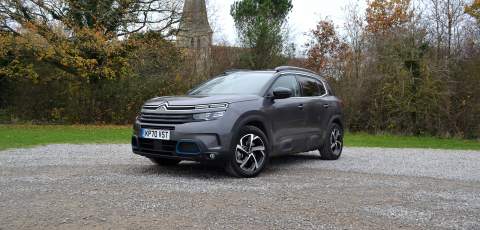


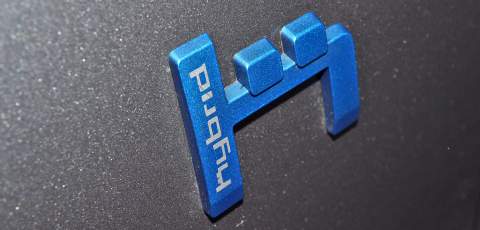
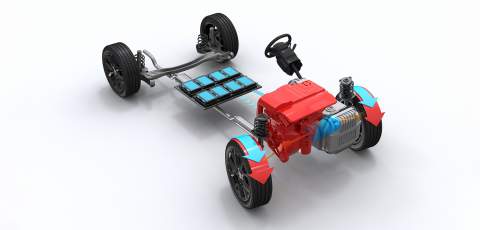
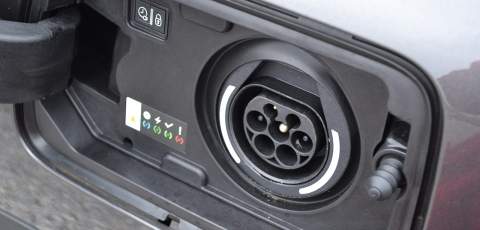
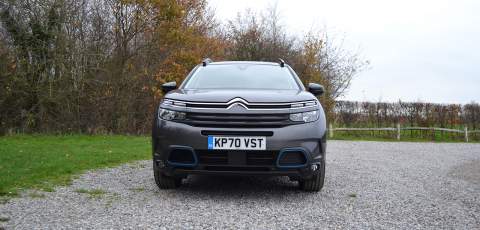
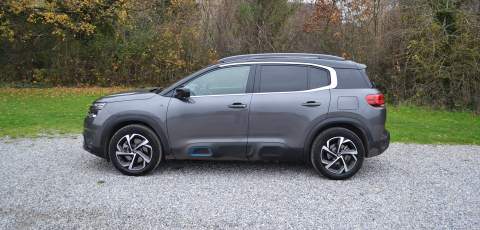
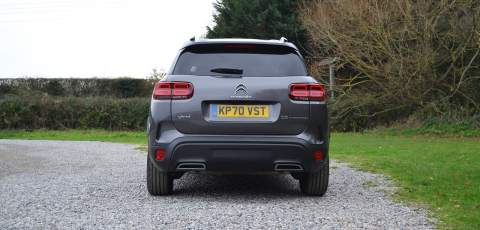
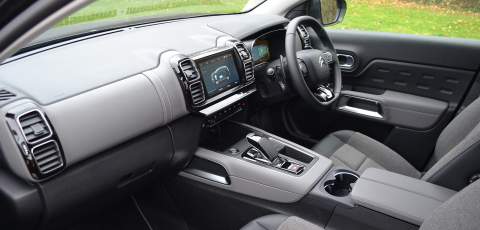
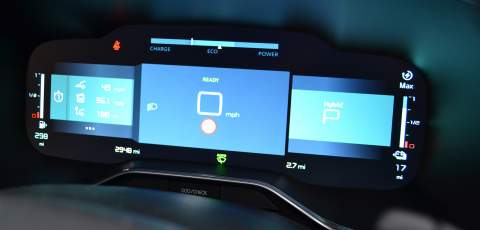
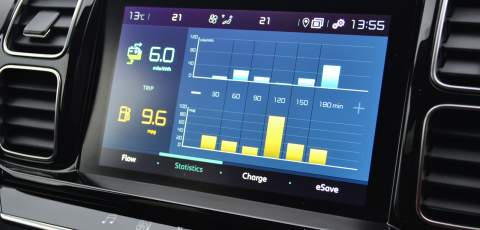
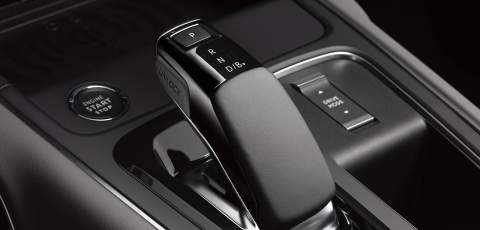
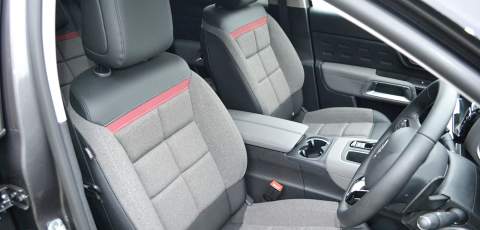
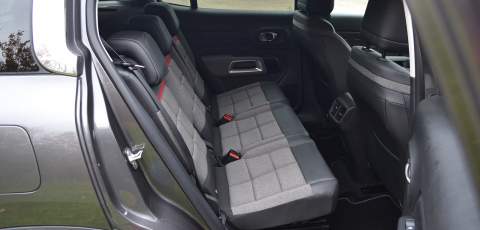
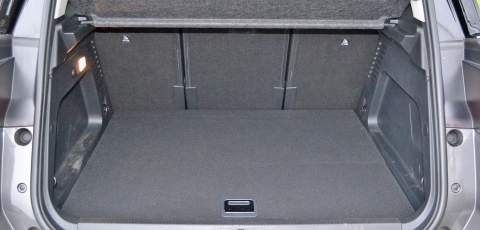
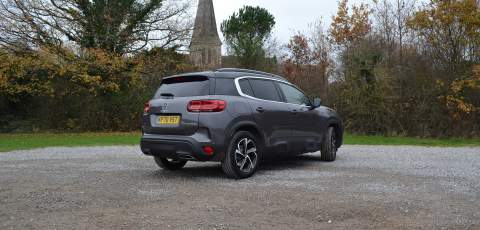

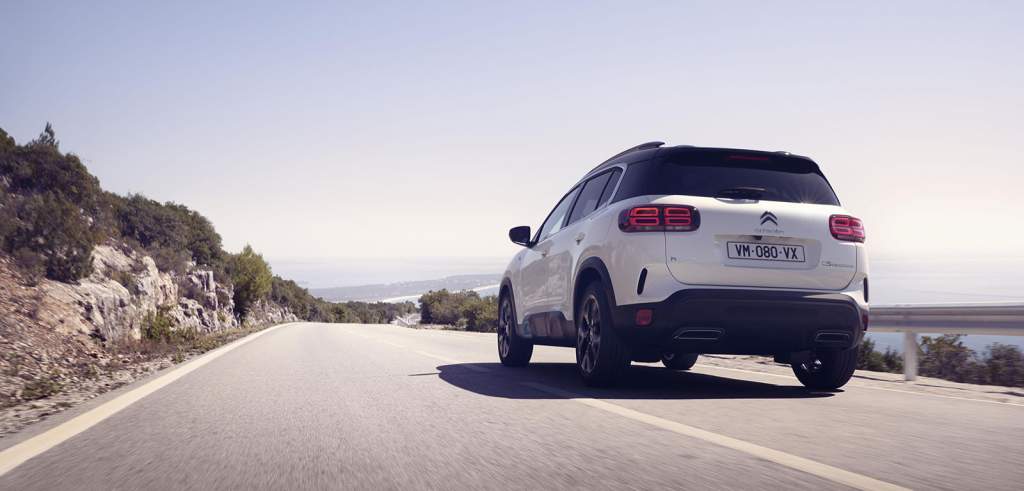
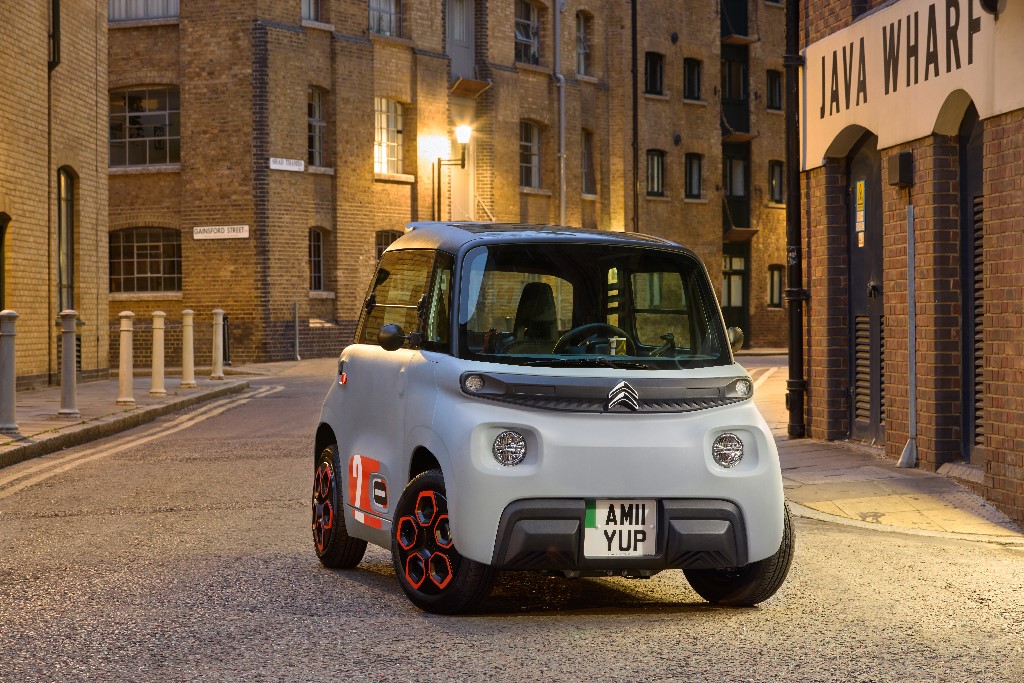

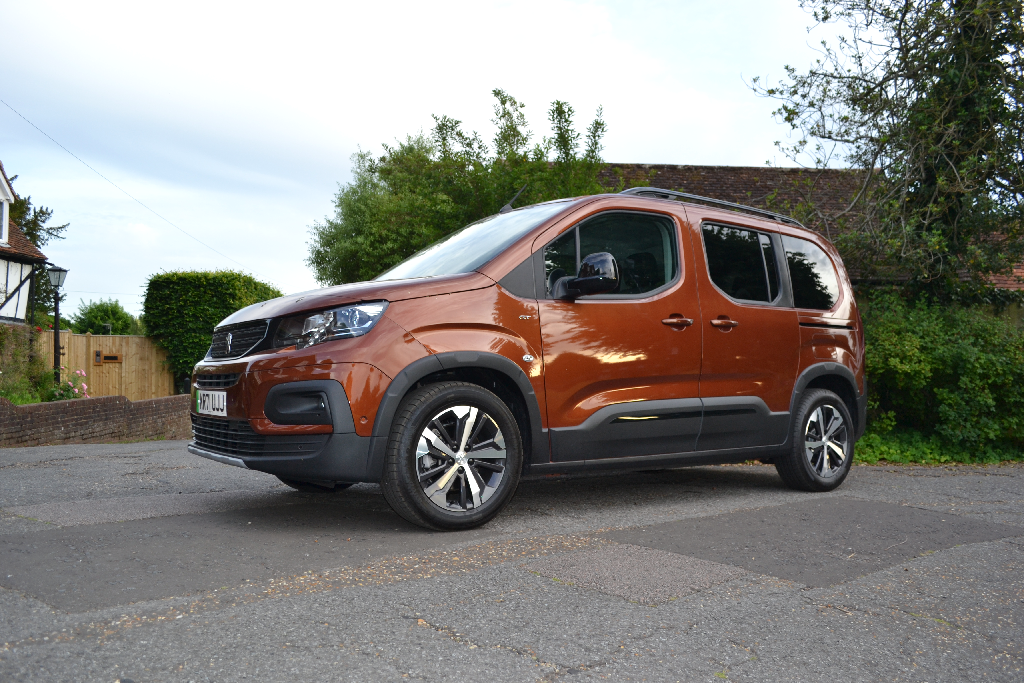
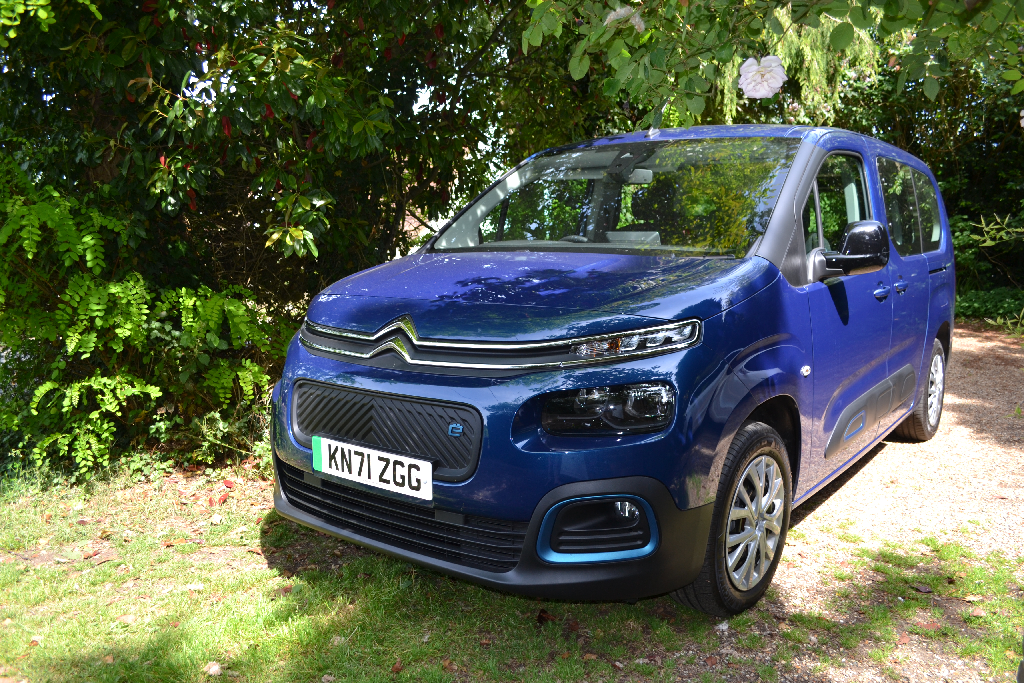
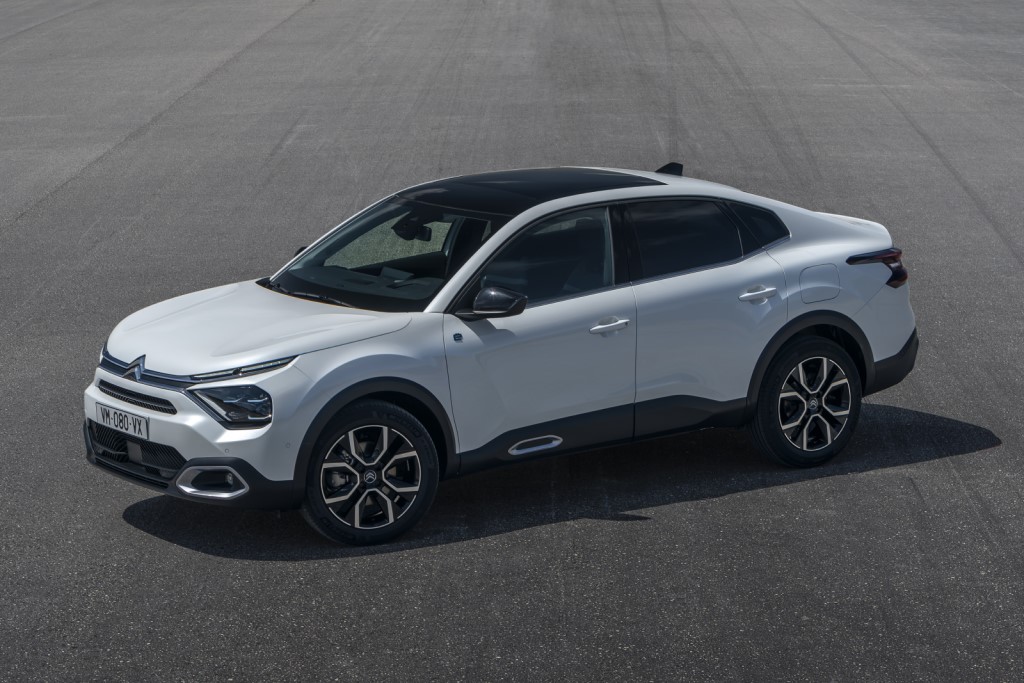

Comments (0)
Be the first to write a comment
Login/ Signup